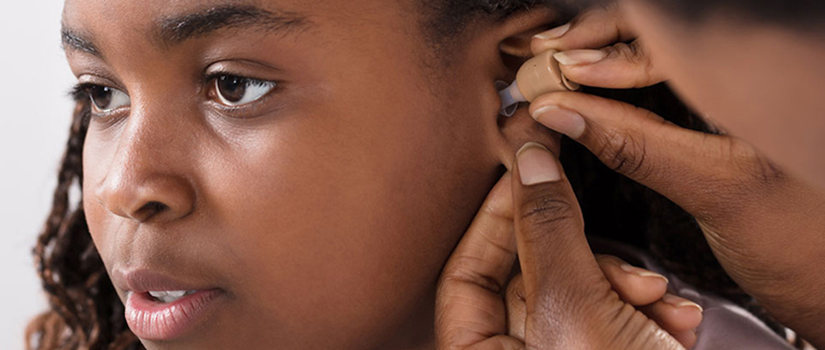Programs
The South Carolina Assistive Technology Program Resource Center provides many technological devices to assist those who are hard of hearing.
In addition, the South Carolina Equipment Distribution Program helps residents with a speech or hearing challenge by providing enhanced phones and alerting devices. SCEDP products are free of charge for those who qualify, including people who are deaf, hard of hearing, deaf/blind, vision with hearing loss, and speech impaired. There are no income requirements to qualify, and the equipment is yours to use as long as you reside in the state of South Carolina.
Beginnings is a nonprofit organization that helps parents and family members of children who
are deaf or hard of hearing understand hearing loss and the diverse needs of their
children. Its impartial support helps families make informed decisions and empowers
them to advocate for their child’s needs. Staff members also support deaf parents
who have children with hearing loss as well as all the professionals who serve hearing
impaired children.
Definitions
Use these definitions to better understand your assistive technology options.
Amplified phones can help if you have hearing loss but still retain some functional hearing. These phones have built-in amplifiers that vary in range of decibels and also feature variable tone selectors and loud ringers.
Caption phones use voice recognition technology to display the caller's speech in captions. Most caption phones use digital, internet-based services for the voice recognition. For analog caption phones, a captioning service is required. Both parties speak into a standard receiver.
Face-to-face communication tools are assistive technology devices that use either enhanced auditory or visual signals to help improve the understanding of speech.
Face-to-face sound amplification devices pick up the speaker’s voice through a directional mic that drowns out ambient sound. They are used by those with hearing loss, in conjunction with a T-Coil enabled hearing aid, standard headphones or earbuds.
FM systems are used for lectures, meetings or large events. The speaker wears a transmitter to send sounds directly to the receiver, a hearing aid worn by the person with hearing loss. FM systems can also be used with standard earbuds and headphones for those who do not use hearing aids but need sound amplification.
Landline and cellular telephones have many assistance options compatible with hearing aids and cochlear implants. These features can improve your ability to carry on phone conversations, which can be hard to do with hearing loss.
Two-way communicators are devices for the deaf or hard of hearing that can be used to communicate with a non-signer. The devices are either dedicated mobile apps or computer technologies. Dedicated devices work similarly to instant messaging while sitting face to face but do not require WiFi or other Internet connectivity.
Video phones are telephones with video screens that enable two people who know sign language to communicate directly with each other. A hearing-impaired person can also speak to a non-signing person through a video relay service in which an interpreter facilitates communication between the two.
